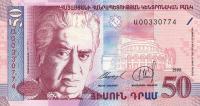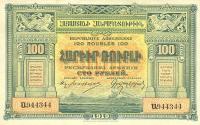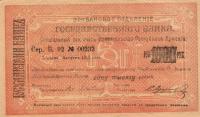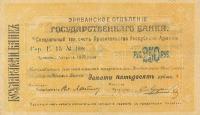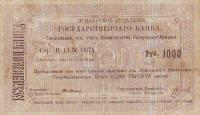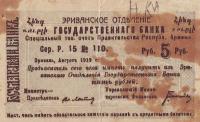
Country Information:
The Republic of Armenia is bounded to the north by Georgia, to the east by Azerbaijan and to the south and west by Turkey and Iran. It has an area of 29,743 sq. km and a population of 2.97 million. Capital: Yerevan. Agriculture including cotton, vineyards and orchards, hydroelectricity, chemicals - primarily synthetic rubber and fertilizers, and vast mineral deposits of copper, zinc and aluminum and production of steel and paper are major industries. Armenia prides itself on being the first nation to formally adopt Christianity (early 4th century). Despite periods of autonomy, over the centuries Armenia came under the sway of various empires including the Roman, Byzantine, Arab, Persian, and Ottoman. During World War I in the western portion of Armenia, Ottoman Turkey instituted a policy of forced resettlement coupled with other harsh practices that resulted in an estimated 1 million Armenian deaths. The eastern area of Armenia was ceded by the Ottomans to Russia in 1828; this portion declared its independence in 1918, but was conquered by the Soviet Red Army in 1920. Armenian leaders remain preoccupied by the long conflict with Muslim Azerbaijan over Nagorno-Karabakh, a primarily Armenianpopulated region, assigned to Soviet Azerbaijan in the 1920s by Moscow. Armenia and Azerbaijan began fighting over the area in 1988; the struggle escalated after both countries attained independence from the Soviet Union in 1991. By May 1994, when a cease-fire took hold, Armenian forces held not only Nagorno-Karabakh but also a significant portion of Azerbaijan proper. The economies of both sides have been hurt by their inability to make substantial progress toward a peaceful resolution. Turkey imposed an economic blockade on Armenia and closed the common border because of the Armenian separatists' control of Nagorno-Karabakh and surrounding areas.


